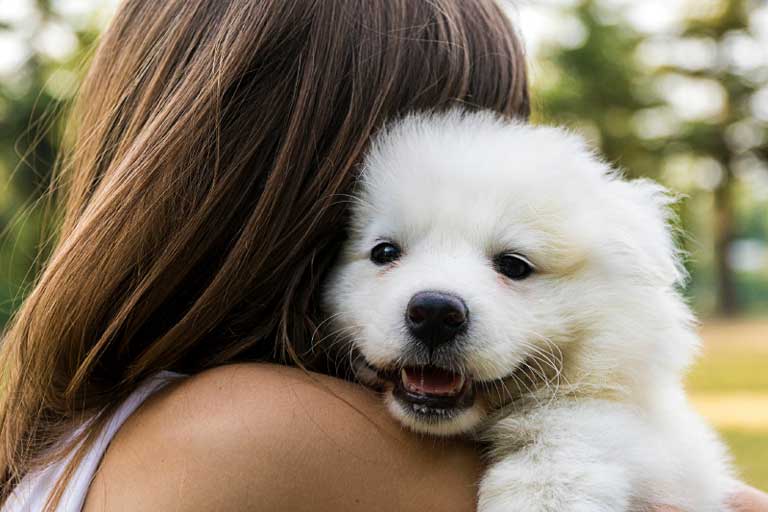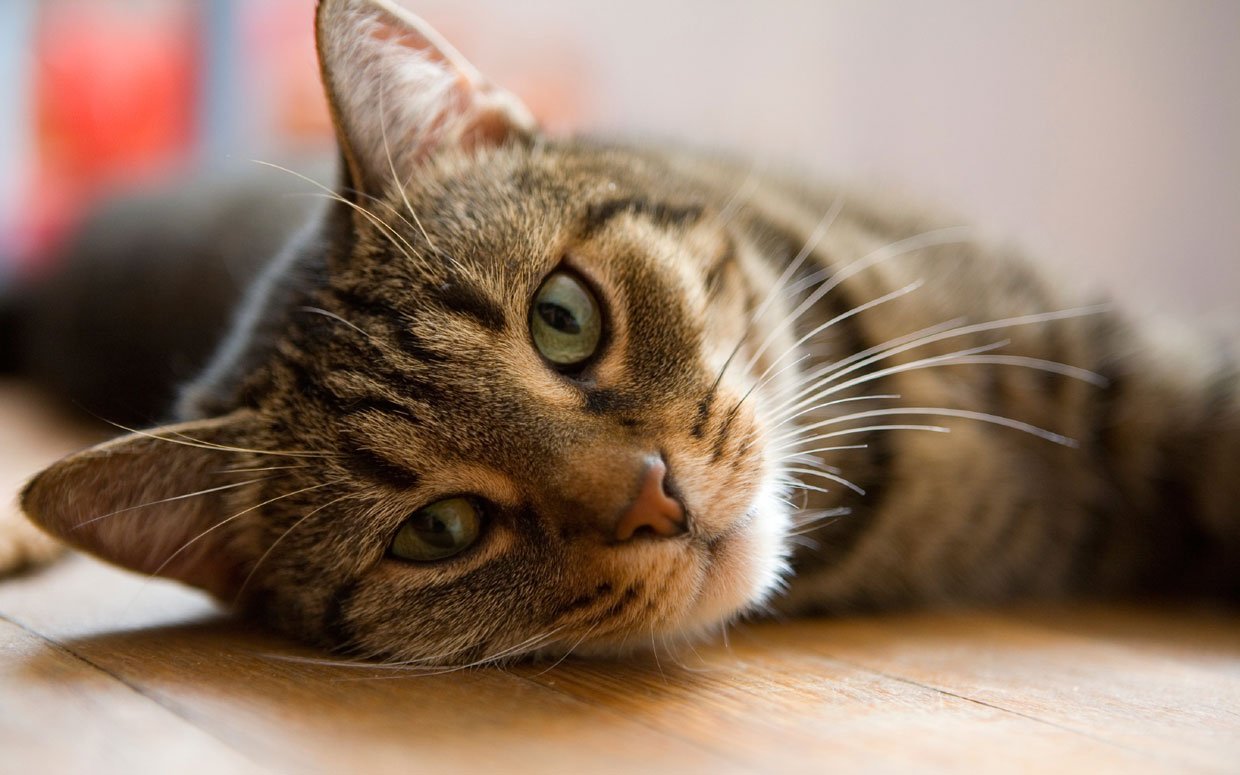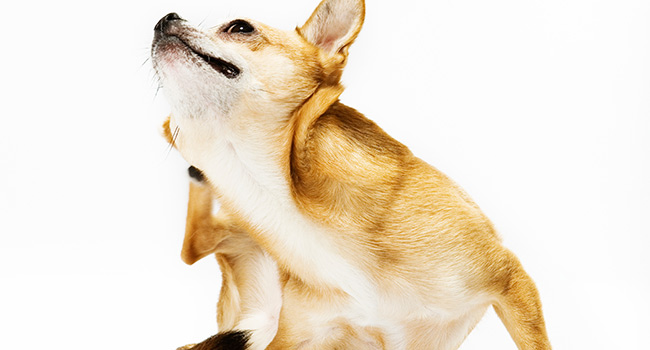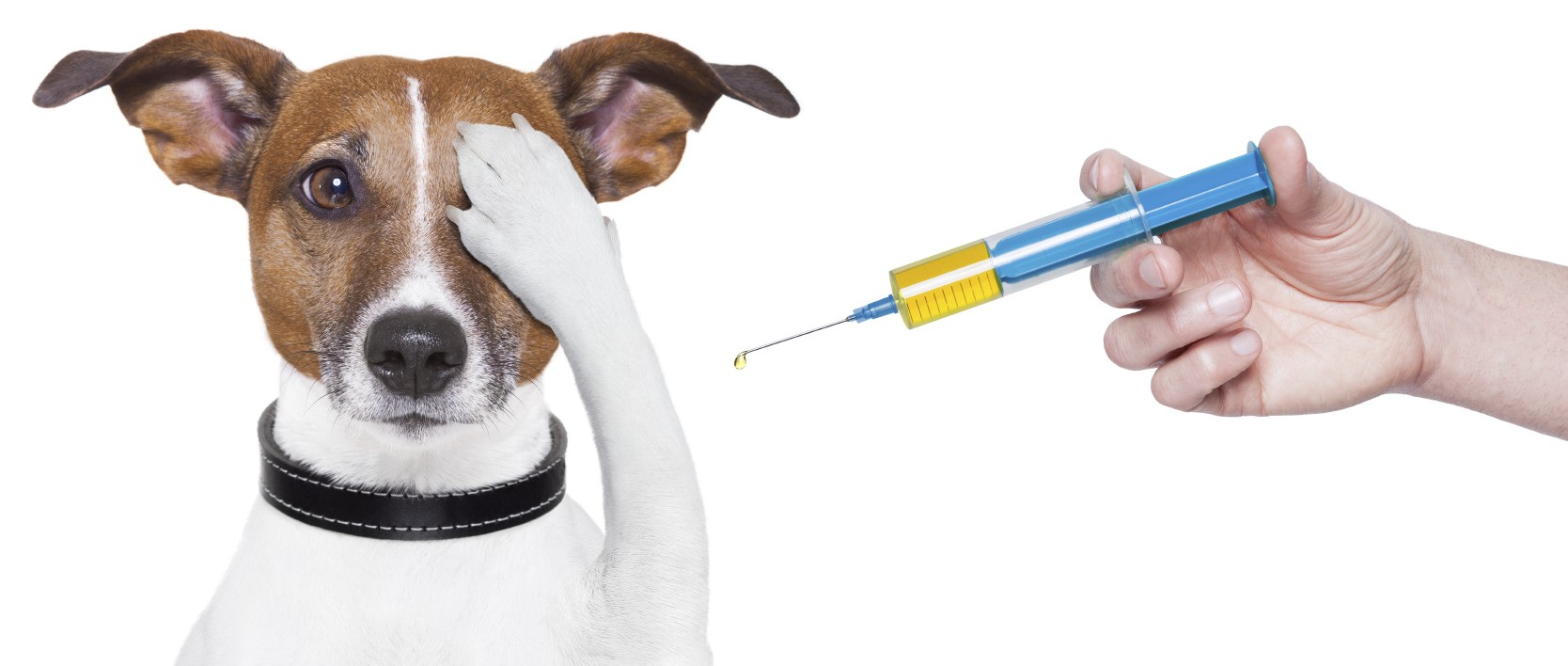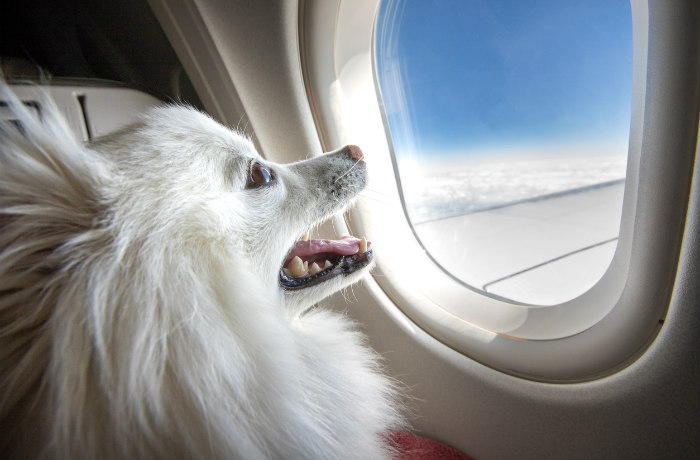Antilles pinktoe tarantula is also known as Martinique red-toed tarantula. This tarantula experiences color change throughout its life cycle. It is typically bright blue in color as a baby and changes into metallic red or green in its adulthood. The pinkish toes emerging from the furry legs give it the name of Antilles pinktoe tarantula.
It is a medium-sized spider that may grow up to 5 to 6 inches. The tarantula tends to jump as it would do in the wild. Due to this reason, many people interpret these spiders to be aggressive, but they are commonly known to be calm. They are more likely to flee rather than bite in situations perceived as dangerous.
The pinktoe spiders spend most of the day resting and could be a good choice if you are looking for a quiet pet. The diet has a significant influence on the health of the spider. In case you are worried about what to feed your new pet, you may like to go through the below recommendations.
The Type of Feeding
Spiders enjoy feeding on live crickets. Hence, you may be required to breed some in your garden or buy from the market. It is essential to know that the crickets must be gut-fed before you allow the spider to attack. This ensures the supply of essential nutrients to the pinktoe pet. You can also give them grasshoppers, roaches, or flying insects like a moth.
You can drop the live insect into the enclosure of the spider, where the predator relishes the prey. A tarantula is more active during the evenings, and this could thus be an appropriate feeding time. The spider doesn’t enjoy feeding on dead animals.
Don’t let the corpus stay for more than 24 hours to avoid them from decaying in the enclosure. It is thus important to remove the leftovers that can otherwise stress out the pink pet. Please do not feed the spider immediately after it has molted as its exoskeleton is normally soft. Wait for sometime till the exoskeleton becomes hard. Else the prey can cause harm to the spider when it is vulnerable.
An adult Antilles pinktoe tarantula survives typically on a few crickets every 3 to 10 days. The young ones require a similar feed every 2 to 5 days, given the developmental stage. For adding variety, you can treat an adult spider by giving a small mouse or lizard. It is advisable to seek the veterinarian’s suggestion for deciding on the suitable quantum and type of feed.
Water Intake and Humidity
A tarantula must have access to clean water. You can keep some shallow bowls of clean water in its enclosure. Do not forget to wash the bowls and refill them with fresh water every day. The water should be accessible and in easy reach of the spider.
The tarantula’s cage tank must be kept dried. You may spray some water every few days. Allow the tank to dry out between two sprays. The cage must have some plants, which can be placed in pots. Having live plants adds to the humidity. It also creates comfortable spots for breeding and laying eggs.
Keeping a Vigilant Watch
Antilles pinktoe tarantula does not normally experience health issues in an enclosure. But, you must be vigilant and look out for signs such as lethargy or loss of appetite. Molting at times is mistaken as sickness, which is a natural process. Before molting, the spider may experience a loss of appetite and energy.
Hence proper feed and water are essential to ensure the best health of your pet. You can seek the proficient consultation of a specialized veterinarian for a suitable diet chart for your pink pet.



